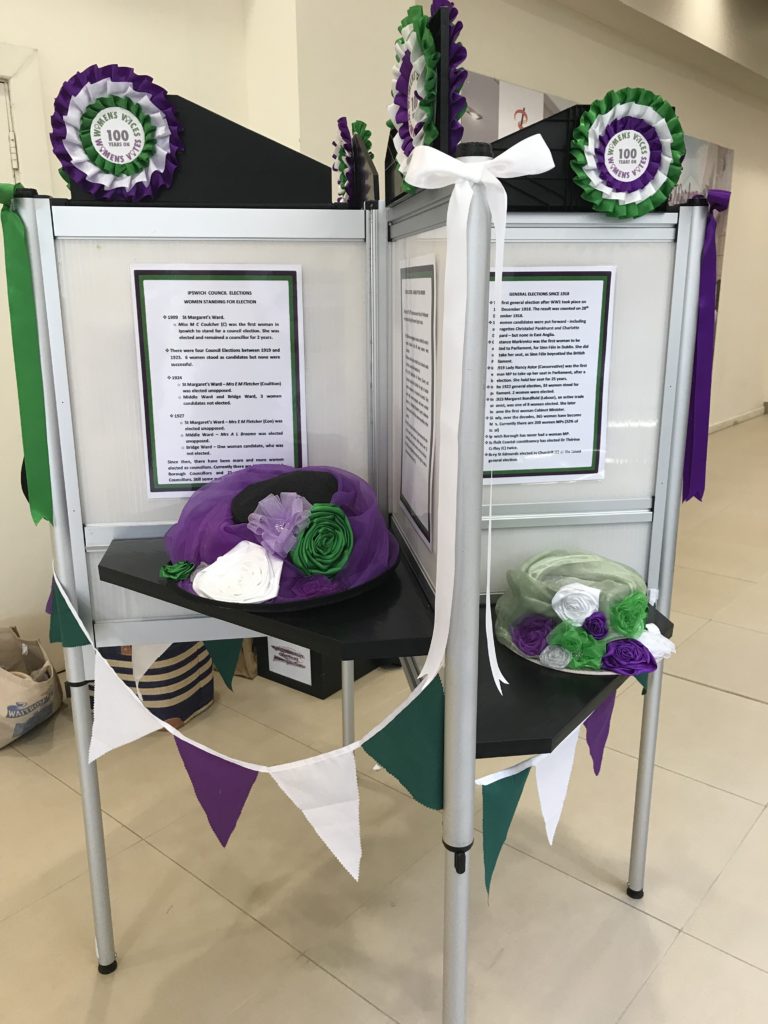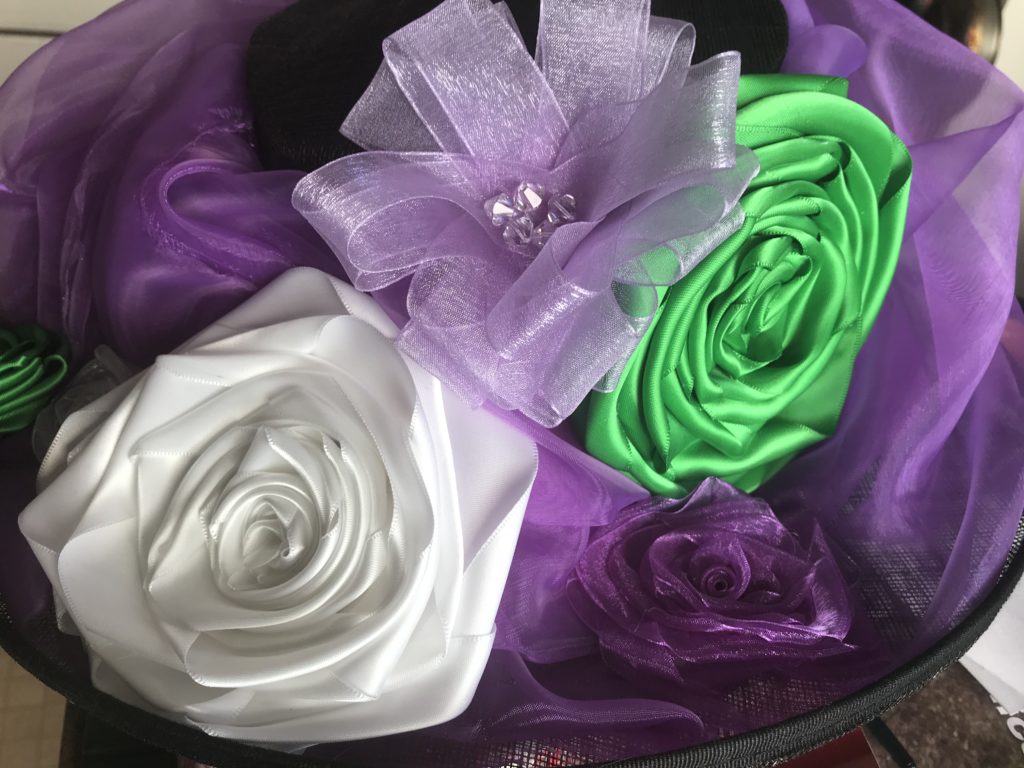2018 is the 100 years anniversary of the first (but not all) British women gaining the vote. On Saturday 6th October in Ipswich a Festival for Women was held at the University of Suffolk to celebrate this and to encourage all women to use their vote and to participate in public life to ensure their voices are heard. Organised by Women’s Voices Women’s Votes, a group of women from Ipswich and Suffolk who came together to create the Festival, it showcased among many activities drama, poetry, opera, inspirational speakers and craftivism – a form of activism which uses traditional craft, particularly sewing to promote or support specific movements such as feminism or the struggle against domestic violence against women.
On display at the Festival was the very moving “The Women’s Quilt”. This quilt, subtitled “the most beautiful project that shouldn’t exist” was created to commemorate the 598 women killed by domestic violence between 2009 and 2015, that’s approximately 2 women every week. It is made up of individual patches representing each woman.
At the Festival we had a craftivism area where women came to sew blocks which will be used to make a Voices Change Power legacy quilt.

My main responsibility in the run up to the Festival was to decorate a polling booth temporarily loaned to us by Ipswich Borough Council with suffragette colours and I set about making bows bunting and rosettes.

The booth was on display in the town during the run up to the festival as part of a street theatre production and then featured in an exhibition on the day. The colours, white, green and purple chosen by the suffragettes, held particular significance: white for purity, green for hope and purple for dignity.
In addition to the booth I had a production line of suffragette sashes to construct for the organisers of the Festival to wear and more miles of bunting to produce.
However my favourite task was the construction of suffragette hats. The suffragettes were renowned for the diversity and splendour of their hats. Emmeline Pankhurst in particular favoured very grand and ornate ones. A visit to the charity shops of Felixstowe provided me with a supply of hats suitable for embellishment and I set about my task, my house a litter of green, white and purple ribbons and material. I became adept with the soldering iron and the glue gun, equipment I’m sure the suffragettes didn’t possess. The results can be seen here:



The hats were used for “suffragette selfies” which proved very popular, especially amongst the younger women who visited the Festival.
It was a fabulous day, enjoyed by everyone and I felt very proud to be part of its organisation.
It is as well to remember however that it was not until 1928 that all women over 21 had the same voting rights as men.
By the way if you are in Ipswich anytime and see a bus named Constance Andrews give it a wave, it is “our” bus named on Saturday at our Festival after our favourite Ipswich suffragette and launched by the mayor of Ipswich, who is a woman. It is pure coincidence that the Ipswich bus colours are purple, green and white…
Sue Emmerson
